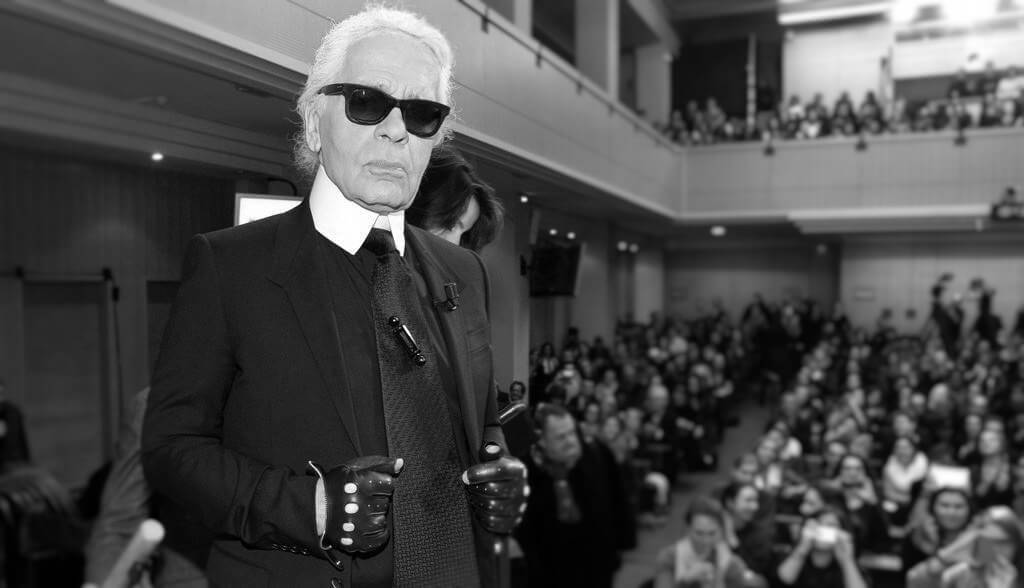A conversation with Karl Lagerfeld

Listening to Karl Lagerfeld is always inspiring. Some highlights from Karl Lagerfeld’s masterclass:
• On getting inspired: “Just like appetite, which comes with eating, it’s only work that gives you ideas. That’s why I don’t believe in these people who spend two months on a beach trying to come up with an inspiration. Fashion is a full-time job. And if you want to do this job seriously, forget the part-time.”
• On his daily rituals: “I tend to prefer mornings for designing. And always after reading the papers, because I like to be informed. Paper is at the root of everything. Fashion starts with a sketch and ends up with photos. I don’t like computers for designing. It’s a craft. You have to know how to draw. I sit at several drawing boards at home, listening to music. Time flies. Then, I am served lunch. In the afternoon, I go distribute my work, my portfolio under the arm, like a young student.”
• On his passion for books: “I am a bibliophile, but I’m not one of those people who collect rare editions. Yes, books are beautiful objects, but I’m more interested in what’s inside, to nourish my knowledge.
“I love this quote from Horace Mann: ‘A house without books is like a room without windows.’ At any given time, I’m usually reading 20 different books in several languages.”
• On his five years at Jean Patou: “After three-and-a-half years at Balmain, I was offered to head Jean Patou. The house was a sleeping beauty — more sleeping than beauty. I would do two collections of 60 looks per year. There I learned things that one couldn’t learn today. You know, in the Twenties, Patou employed some 3,000 workers, and it was as important as Chanel. There were some people who had worked directly with Jean Patou. They taught me techniques of the Twenties that were very different. In the Fifties, a look would start with a bustier with boning and people would add things on it. At Jean Patou was a man named Mr. Gabriel who taught me everything about fabrics. France in the Fifties was the country with the most beautiful fabrics in the world. Mr. Gabriel had all the books of samples. I saw extraordinary things. The head seamstress, Mrs. Alphonsine, educated me in all kinds of techniques, which are different than the ones used today.”
• On the heritage of Coco Chanel: “Camellias, pearls, tweed, black and white, I took these elements and exaggerated them. I made things that have never been in her collections, but that could have been. I don’t go to the archives.”
“The best book about Coco Chanel is still the book by Edmonde Charles Roux”
• On music: “The tragedy of my life is that I don’t play the piano.”
• On corporate life: “I have the good fortune to work with people who are 100 percent behind me, and I am 100 percent in line with them.”
• On school: “Education is great, but each one needs to find his calling and educate himself. School is not enough if you don’t give it 300 percent.”